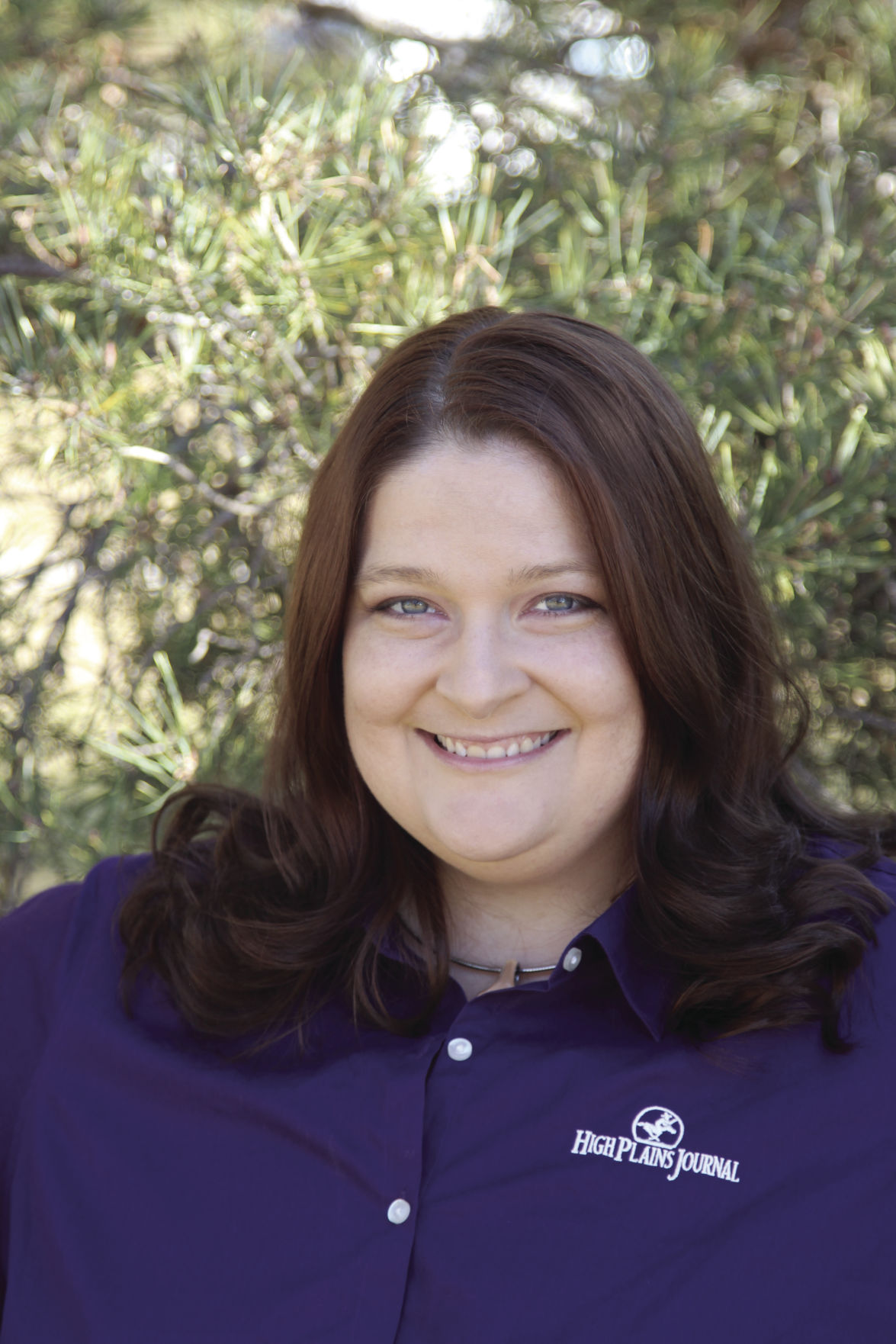2019 was the 70th year of High Plains Journal’s publication. You might have read some of what my colleague Kylene Scott wrote in her end-of-the-year package.
In it, she looked at the headlines and trends of the last seven decades of agriculture we’ve covered. From using hay straw as mulch in the 1960s, to organic farming of the future in the 1980s, to environmental issues of the 1990s, to crop rotations to rest soils in the 2000s and more, there’s always been a set of our readers who look to working with nature rather than trying to make nature follow their rules.
Next week, in our first event of the 2020s, High Plains Journal will put on the third annual Soil Health U & Trade Show, Jan. 22 and 23, in Salina, Kansas. We’ll usher in a new decade of learning with sessions on topics such as regenerative agriculture profitability; regenerating degraded soils with cover crops and livestock; soil health in pastures; using poultry in a soil health program; perennial agriculture; and more practices will surely be incorporated into discussions.
What’s old is new again in a way, you might say.
That’s what I truly enjoy about writing about agriculture and the people who grow our food, fiber and fuel. Every growing season presents a new opportunity to change, to tweak, to improve what’s been done in the past while still learning from the lessons of the seasons before. We may not run mule teams like our great-grandfathers, but we can understand the benefits of limited soil disturbance from limited passes with the machinery we operate today. We may not have a couple of milk cows, a flock of laying hens and a pen of pigs like our grandparents, but we can appreciate diversified farms like they operated in economic downturns. We may not raise sugar beets for a sugar plant in Garden City anymore, but we can appreciate what a cover crop mix that uses a beet does for soil health today.
We learned from the past, and we apply those lessons to the future.
No matter what your production goals are, or what your farm looks like compared to your neighbors’ farms, there are principles of soil health that can provide you and your family opportunities.
And considering how today’s consumers tell us they are concerned over things like “climate change” or “sustainable farming” one of those opportunities might be improved customer relations. If we apply soil health principles where they will do the most good for our farms and ranches economically, environmentally and sociologically, it may lead to a better relationship with the people who consume our production.
And that’s something that will never go out of style—no matter the decade.
You can find out more about the full schedule and registration for our Soil Health U & Trade Show at soilhealthu.net.
Jennifer M. Latzke can be reached at 620-227-1807 or [email protected].



